Sweet-scented osmanthus culture methods and points for attention, these four taboos must be remembered!
Osmanthus fragrance overflows when it blossoms, which is very suitable for planting in the courtyard. When potted sweet-scented osmanthus is planted, cuttings or grafted seedlings with short plant type and compact branches and leaves should be selected. It takes many years for seedlings to blossom, and cuttings and grafted seedlings blossom faster.
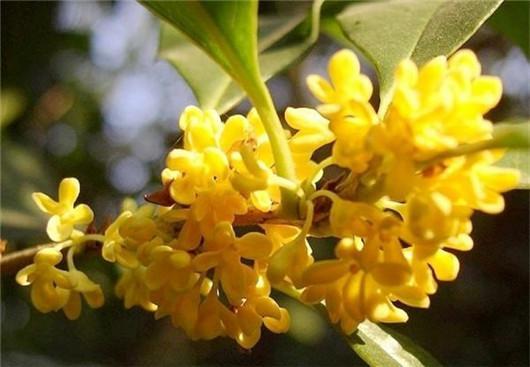
Many flower friends want to know how potted sweet-scented osmanthus should be managed. Today the blue demon will talk to you about matters needing attention and common problems in potted sweet-scented osmanthus culture.
1. Culture methods of potted sweet-scented osmanthus:
1 potted soil selection:
When potted sweet-scented osmanthus is planted, the potted soil can be prepared with mud / rotten leaf soil: garden soil: sandy soil at 5:3:2, or garden soil: barnyard manure: River sand at 1:1. When putting on the basin, mature organic fertilizer and bone powder should be added as base fertilizer.
2. Flowerpot selection:
When potted sweet-scented osmanthus, it is recommended to choose a tile pot with good air permeability. The bottom fan follows the tile to facilitate drainage.
3. Potting time:
The planting time of sweet-scented osmanthus should be from November to early December in late autumn, or from February to March in spring, and the seedlings should be planted in spring as far as possible to avoid freezing injury in winter. After putting on the basin, it should be watered thoroughly, put it in a ventilated place to slow down the seedlings, and move to a sunny place for maintenance after 1 week.
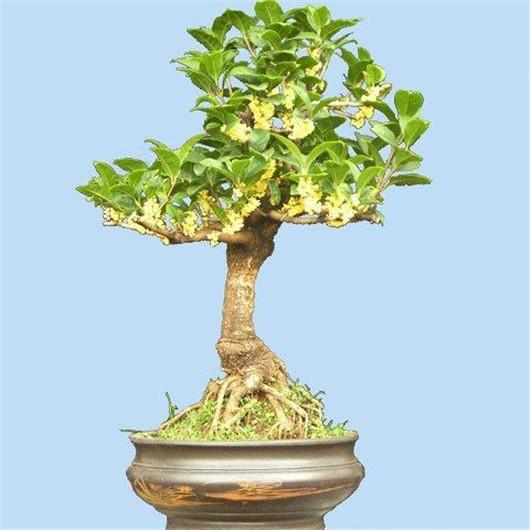
4. Water management:
Potted sweet-scented osmanthus should keep the pot soil moist, Rain Water should pay attention to drainage in the season, in order to prevent rotting roots due to too much water. When blooming in autumn, the pot soil should be avoided, otherwise it is easy to fall flowers and buds.
5. Fertilization:
During spring germination, [email protected] cake fertilizer and water should be applied once every 10-15 days. After July, potassium dihydrogen phosphate or calcium superphosphate should be added at the same time to promote flower bud differentiation.

6. Pruning:
After the autumn blossom, pruning will be carried out to cut off the withered branches, weak branches, disease and insect branches, so that sturdy short branches are evenly left on each side branch. And the sprouting branches should be cut off in time during the growing period to avoid excessive consumption of nutrients.
7. Pest control:
Sweet-scented osmanthus is easy to get charcoal maggot, brown spot, coal fouling, whitefly scale insects, leafhoppers and so on. Attention should be paid to timely prevention and control.
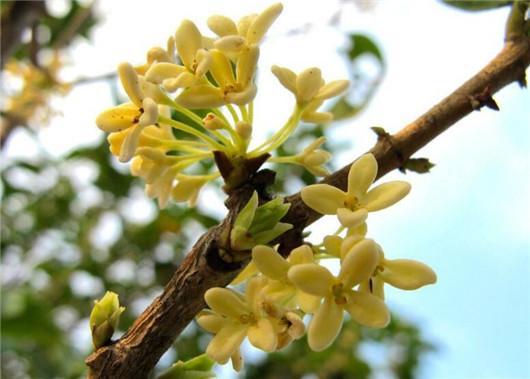
2. Four taboos in the process of sweet-scented osmanthus culture
1. Taboo alkaline soil:
Osmanthus fragrans prefer slightly acidic soil, and the suitable pH value is 5.5-6.5. If planted on alkaline soil, it can lead to withered leaves and even death of the whole plant.
Advertisements (adsbygoogle = window.adsbygoogle | | []) .push ({})
2. Avoid watering half a section of water:
If the soil is not watered thoroughly, the surface layer of the soil is wet, the lower part of the soil is dry, and the root system can not get enough water, which leads to the drying and withering of leaves, and even the shedding of leaves.
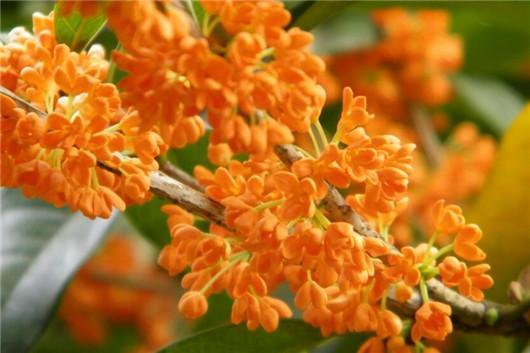
3. Avoid stagnant water:
Stagnant water in the soil is easy to cause rotten roots and fallen leaves, and the root system will rot over a long period of time, resulting in plant death. We must pay attention to drainage in the rainy season.
4. Avoid high temperature overwintering:
Osmanthus fragrans can survive the winter in the open field in the south of the Yangtze River and indoor in North China. The suitable room temperature is 2-4 ℃. If the room temperature is too high, dormant buds bloom in winter or early spring, empty consumption of nutrients, the plant will be stunted. It is dry and windy in early spring in the north, so potted sweet-scented osmanthus should not go out too early, otherwise the new branches will be hurt by strong wind; sweet-scented osmanthus is also afraid of smoke and dust and should not be planted near factories and mines.
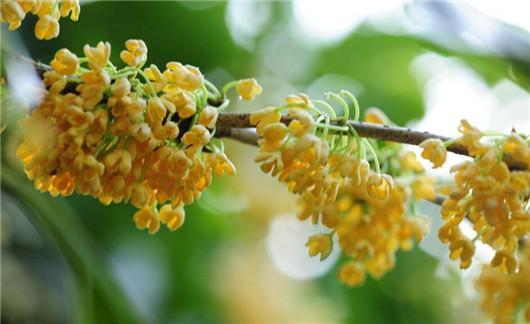
3. Common problems in sweet-scented osmanthus culture:
1. How is it that the potted sweet-scented osmanthus blossoms less and the fragrance is not strong?
This is more or less caused by insufficient nutrition or insufficient light, sweet-scented osmanthus likes fertilizer, in addition to applying basic fertilizer, it should be fertilized in time during the growing period and before and after flowering; sweet-scented osmanthus likes sunshine and sufficient light, it should be planted in a sunny and well-ventilated place and pruned in time.
2. What if potted sweet-scented osmanthus is not easy to bloom?
Potted sweet-scented osmanthus takes about 8-10 years to blossom, while cuttings take about 4 years. Ramet and grafted seedlings can blossom in the following year. If potted sweet-scented osmanthus has reached the age of flowering, it is mainly due to improper maintenance. Such as improper watering, stagnant water, alkaline soil, overwintering temperature is too high, smoke harm, lack of light will cause sweet-scented osmanthus not to blossom. In addition, potted sweet-scented osmanthus often does not change the soil, insufficient fertilization will also affect plant flowering.
3. How can sweet-scented osmanthus blossom year after year?
To make sweet-scented osmanthus blossom year after year, conservation is very important, first of all, to ensure adequate light, and then to pay attention to fertilization, as the saying goes: if you want sweet-scented osmanthus fragrance, always have a pig manure tank. It can be seen that sweet-scented osmanthus likes to be fat very much. Sufficient base fertilizer should be applied in winter, nitrogen fertilizer should be the main fertilizer in the growing period, and phosphorus and potassium fertilizer should be applied in the flower bud differentiation period.
4. How to prevent Osmanthus fragrans from falling leaves seriously in winter?
In cold areas, potted sweet-scented osmanthus should be moved to a place with plenty of indoor light in winter to avoid falling leaves due to freezing injury. Thin nitrogen fertilizer should be applied after flowering in autumn, base fertilizer should be applied before winter, sand should be covered with sand and water should be applied in winter.
5. Why are the leaf tips of sweet-scented osmanthus scorched?
Sweet-scented osmanthus leaf tip scorch should first eliminate the disease, if sweet-scented osmanthus has charcoal maggot and other diseases will show leaf tip scorch, usually should strengthen ventilation, watering should not be too much, withered leaves should be cleaned in time, diseased leaves should be cut off and burned in time.
When the potted soil is alkalized, there will also be the phenomenon of scorched leaf tip. Sweet-scented osmanthus is an acid-loving flower, so attention should be paid to keeping the soil somewhat acidic.
If you enter the house too early in winter, or the overwintering temperature is too high, the buds will germinate earlier and move outdoors in spring. After drought, the withered shoots are also easy to appear after the wind blows.
The blue demon has introduced so much. Do you have a certain understanding of how to cultivate sweet-scented osmanthus? Welcome to follow Blue Devil's official Wechat account: ilanyao to discuss flower farming techniques.
- Prev
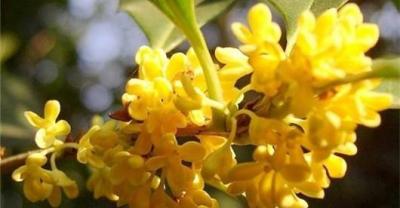
With the storage of ostrich eggs, the special poultry breeding market has increased significantly.
The storage period of breeding eggs and the management of breeding eggs have great influence on the hatching rate. The eggs should be recovered in time after the eggs are laid, and the sun should not be exposed for a long time.
- Next

How to put the money tree in the living room
[introduction] the name money tree sounds very lovable. It not only has good plant shape, green leaves and chic leaf shape, but also has a very auspicious meaning.
Related
- On the eggshell is a badge full of pride. British Poultry Egg Market and Consumer observation
- British study: 72% of Britons are willing to buy native eggs raised by insects
- Guidelines for friendly egg production revised the increase of space in chicken sheds can not be forced to change feathers and lay eggs.
- Risk of delay in customs clearance Australia suspends lobster exports to China
- Pig semen-the Vector of virus Transmission (4)
- Pig semen-the Vector of virus Transmission (3)
- Five common causes of difficult control of classical swine fever in clinic and their countermeasures
- Foot-and-mouth disease is the most effective way to prevent it!
- PED is the number one killer of piglets and has to be guarded against in autumn and winter.
- What is "yellow fat pig"? Have you ever heard the pig collector talk about "yellow fat pig"?

